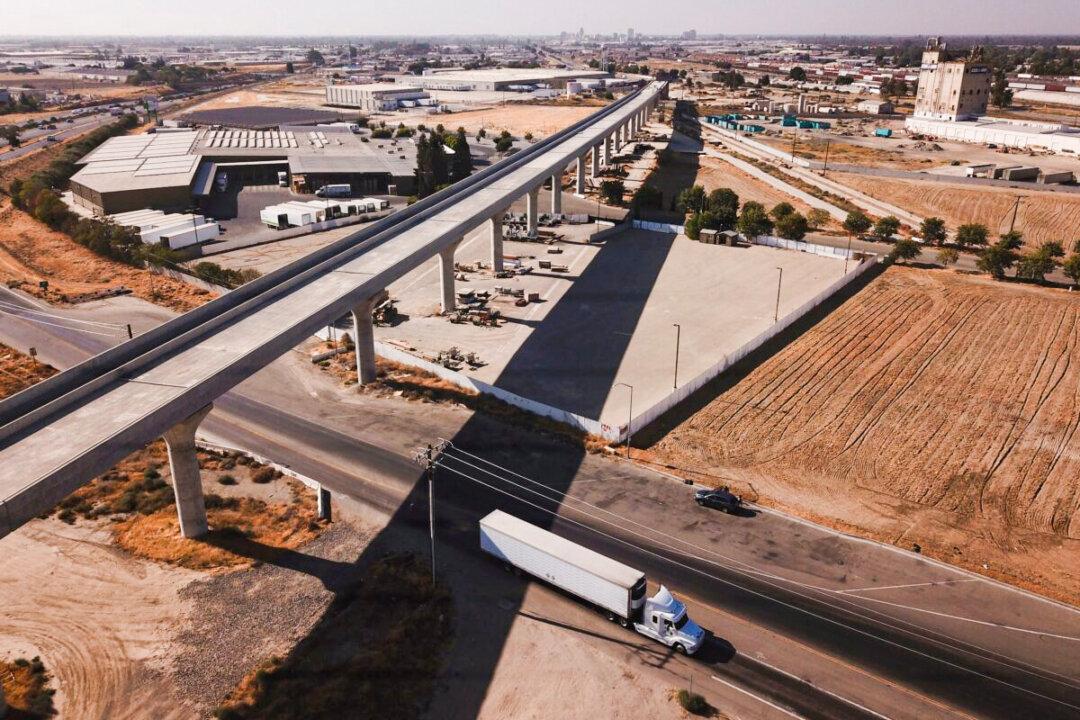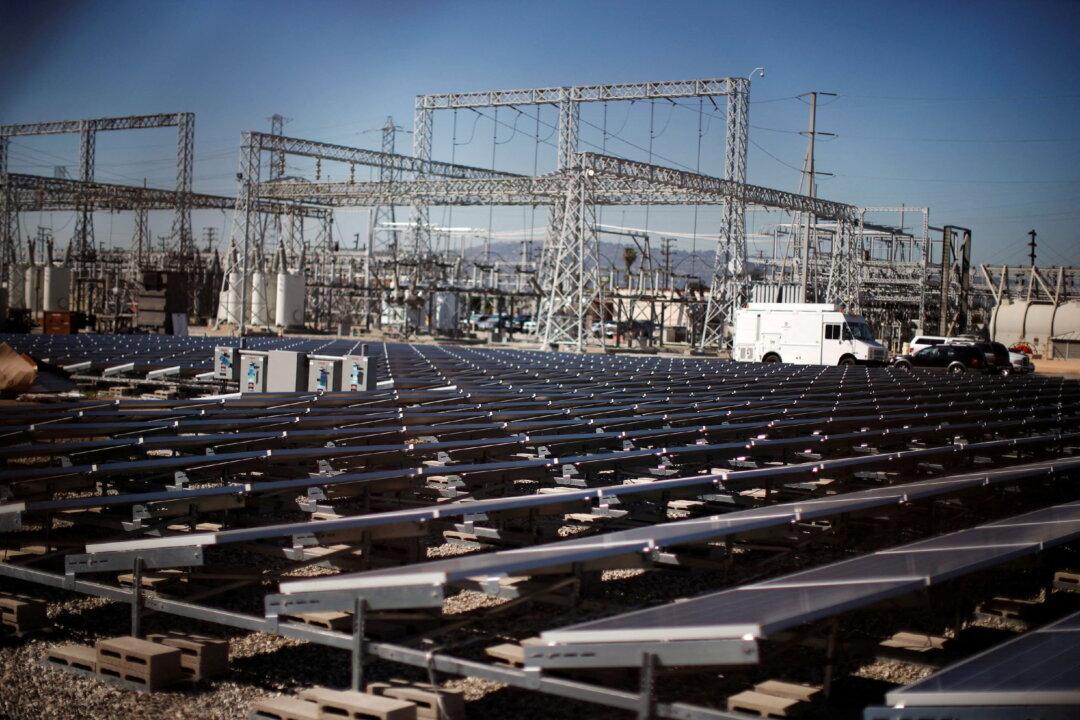Commentary
When the $10 billion high-speed rail bond was on the ballot in 2008 and being pushed by Gov. Arnold Schwarzenegger as part of his environmentalist personal makeover, I made two predictions: 1. It really existed only to dole out billions to private contractors and construction-union members. 2. It never would get built, except possibly in a highly truncated form.





